
The main difference between single-fiber and dual-fiber optical modules lies in the fiber connection method and the number of transmission channels. In recent years, with the rapid development of networks, optical modules have become an essential core component of fiber optic communication. As a crucial component enabling the optical-to-electrical conversion of optical signals during transmission, optical modules exhibit significant differences between the two main types: single-fiber and dual-fiber. So, what are the specific differences between single-fiber and dual-fiber optical modules? This article will provide a detailed analysis to help you understand the similarities and differences between these two types of optical modules.

ONE:Different Ports
The primary distinction between single-fiber and dual-fiber optical modules is evident in their connection methods. Firstly, a single-fiber optical module comprises only one fiber port, requiring the insertion of a single fiber for the transmission and reception of optical signals. In contrast, a dual-fiber optical module features two ports: TX (transmit) for emitting optical signals and RX (receive) for receiving optical signals. In dual-fiber modules, the transmission and reception of optical signals occur independently through the insertion of two separate fiber cables, providing dedicated channels for bidirectional signal transmission.
TWO:Different Wavelengths
The second key difference between single-fiber and dual-fiber optical modules lies in their wavelengths. Single-fiber optical modules can be categorized into Gigabit and 10 Gigabit based on different rates. Common wavelengths for single-fiber modules include TX1310/RX1550nm, TX1550/RX1310nm, TX1490/RX1550nm, TX1550/RX1490nm, TX1310nm/RX1490nm, TX1490nm/RX1310nm, etc. On the other hand, wavelengths for 10 Gigabit single-fiber modules cover TX1270nm/RX1330nm, TX1330nm/RX1270nm, TX1490nm/RX1550nm, TX1550nm/RX1490nm, and more.
In contrast, dual-fiber optical modules have a simpler wavelength selection, primarily including 850nm, 1310nm, and 1550nm. The choice of these wavelengths depends on specific fiber optic communication requirements, resulting in differences in wavelength configuration between single-fiber and dual-fiber optical modules.
THREE:Different Data Rates
The third significant difference between single-fiber and dual-fiber optical modules is their data rates. Generally, single-fiber optical modules are more commonly used within the range of 100Mbps, 1Gbps, and 10Gbps, with fewer applications in high-speed transmissions. In comparison, dual-fiber optical modules have a broader range of applications, including 100Mbps, 1Gbps, and 10Gbps, with extensive use in high-speed transmissions. Therefore, the difference in data rates is also a crucial distinction between single-fiber and dual-fiber optical modules.


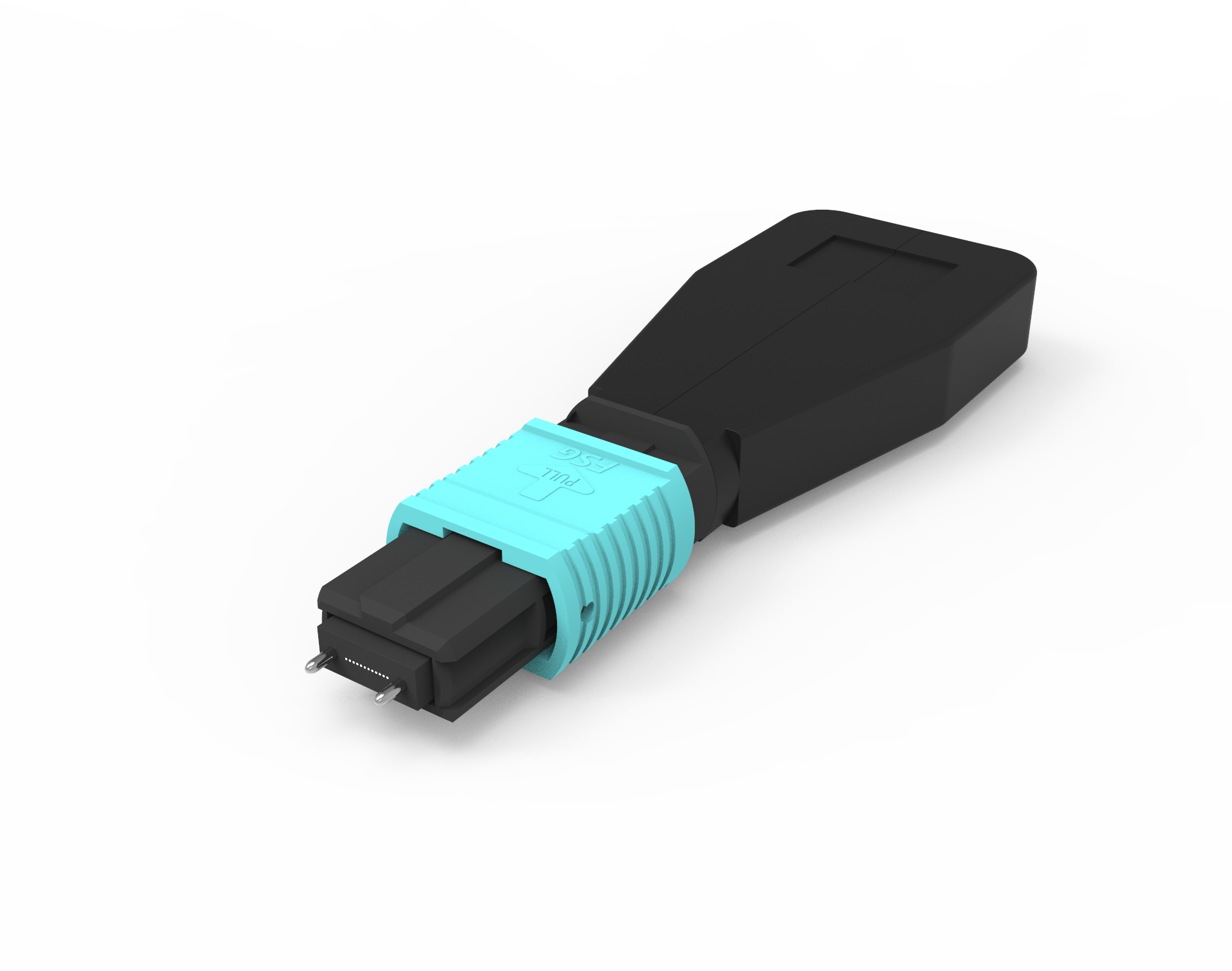










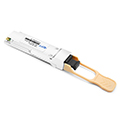




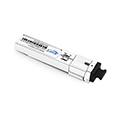









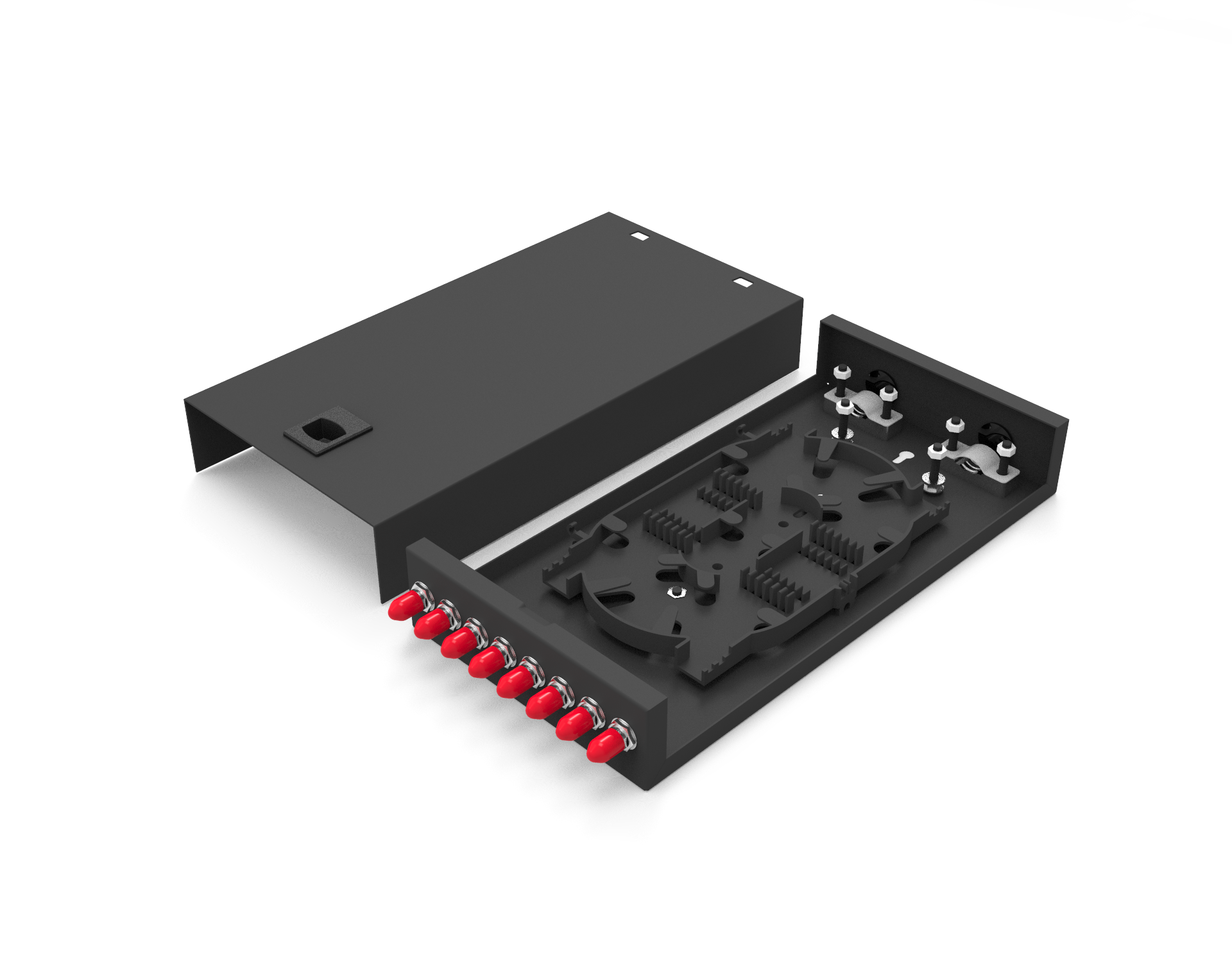
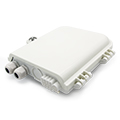

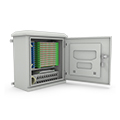







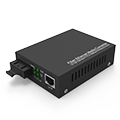

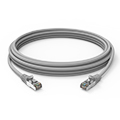



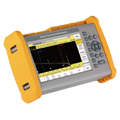


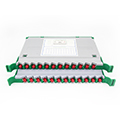



















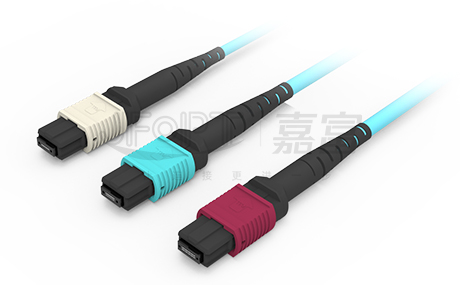
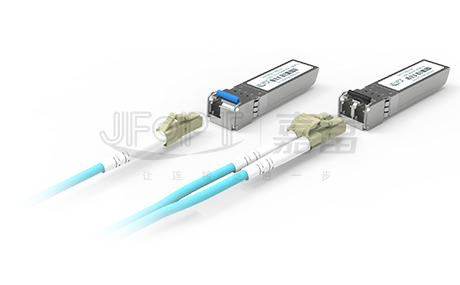
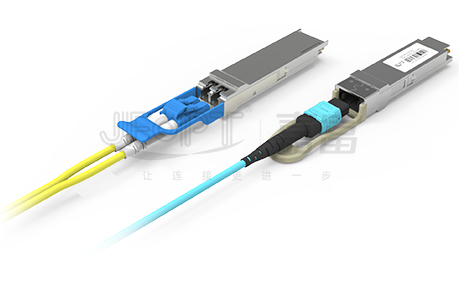
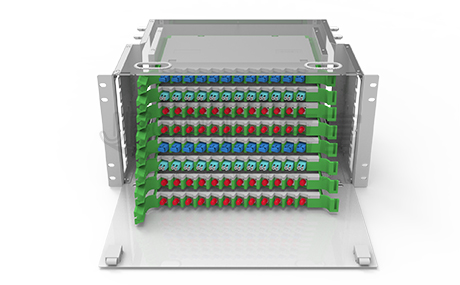

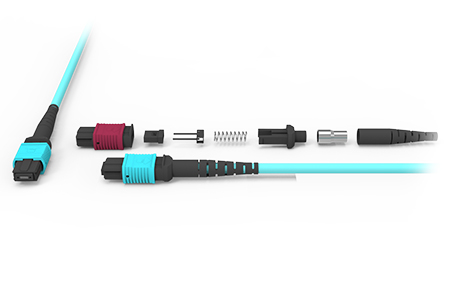
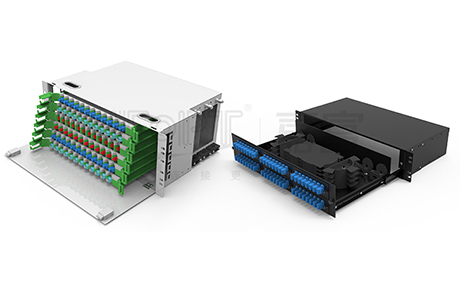
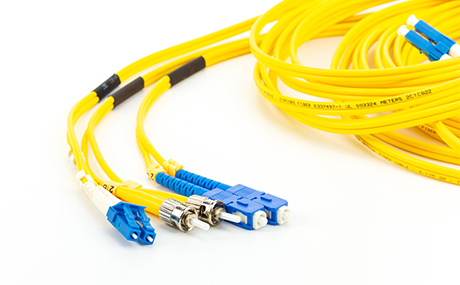
 Ann
Ann












